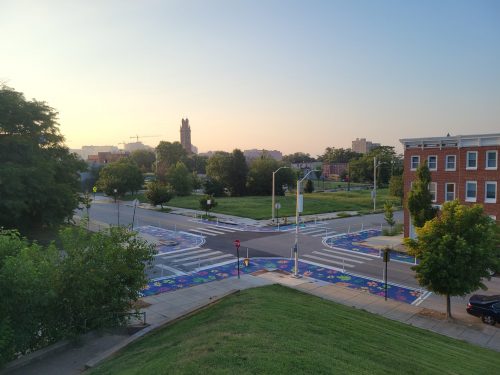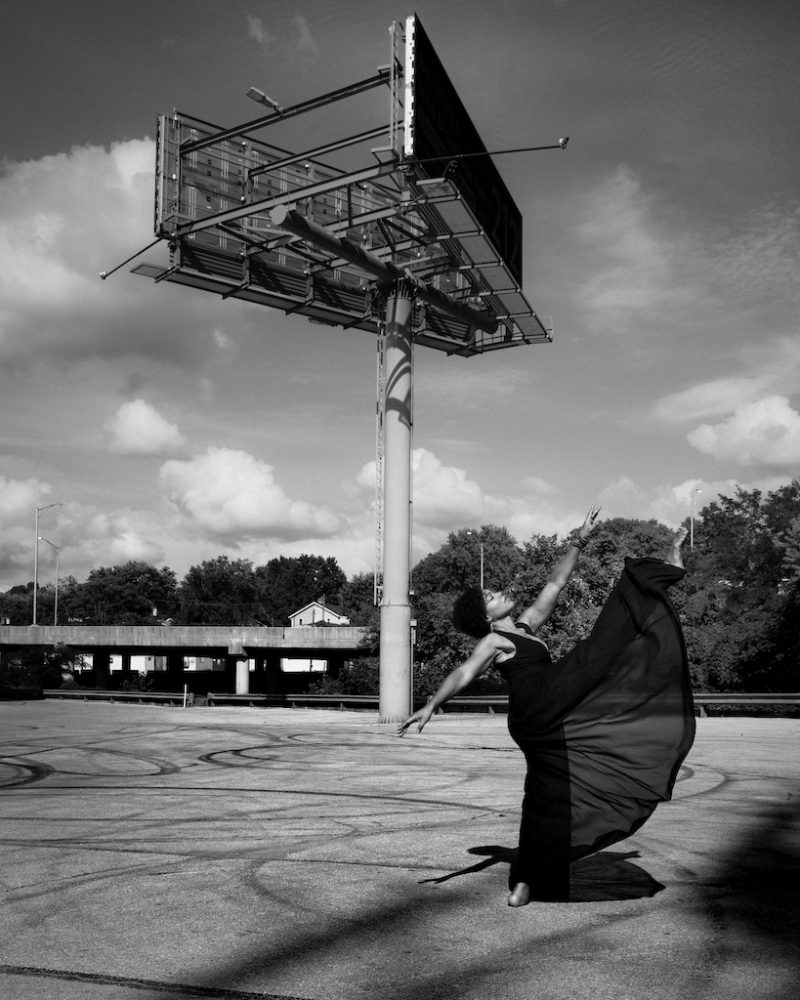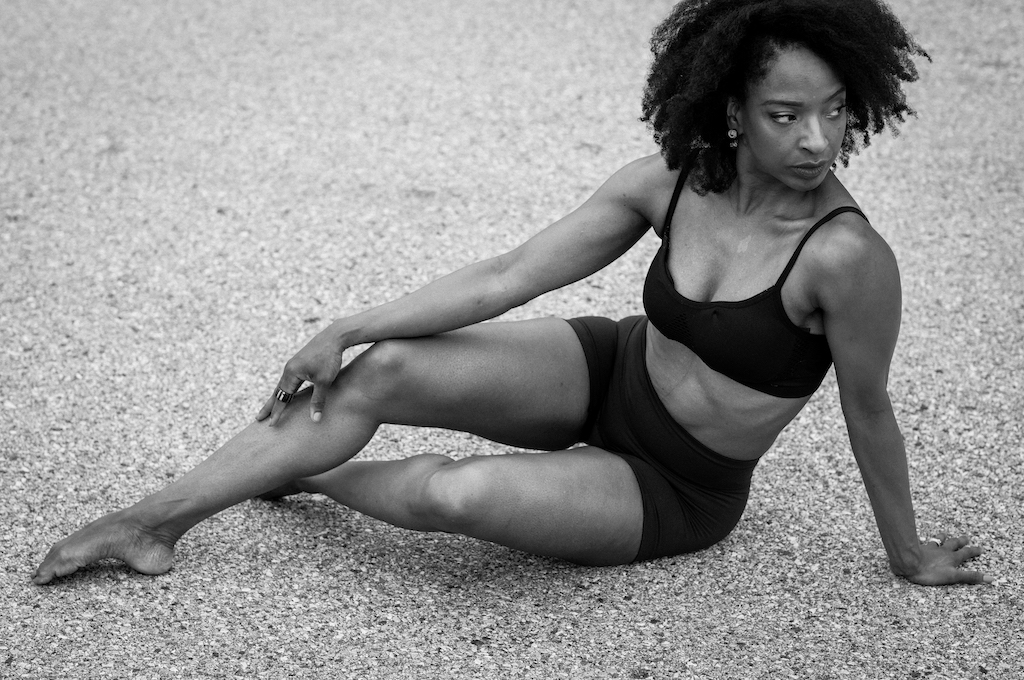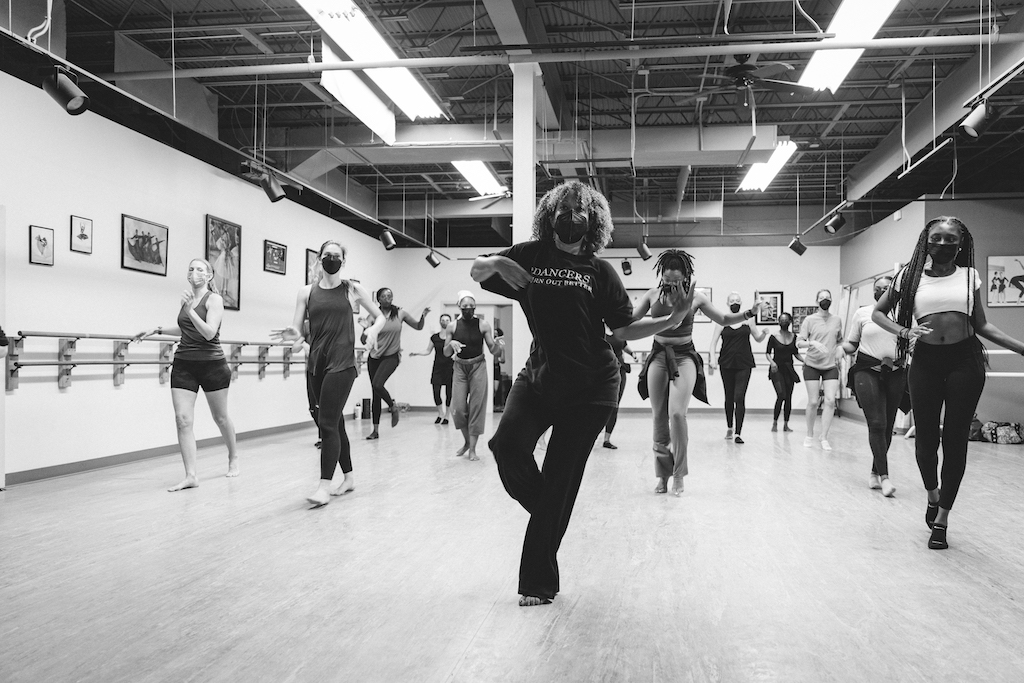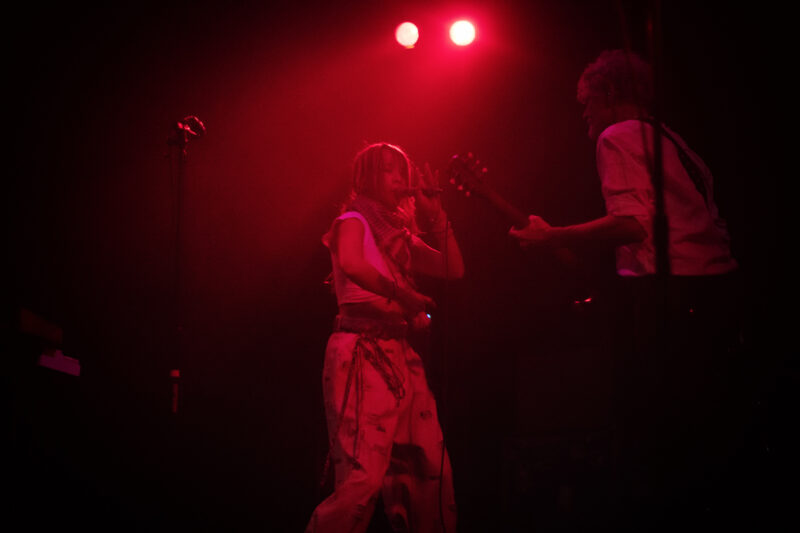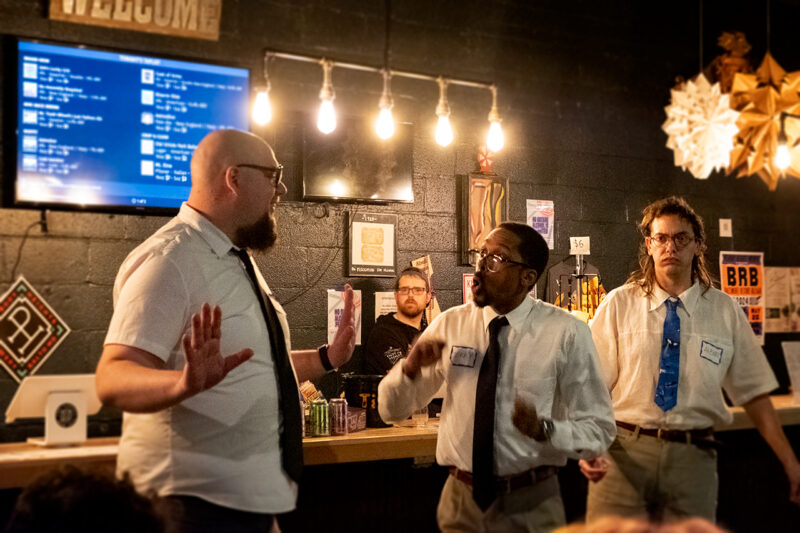What music should new audiences expect to accompany the dances?
The music is rich in its variety. The score for one of the new works includes an original poem created and recorded just for us by nationally known local poet Gayle Danley. It grew from conversations with the dancers about women’s experiences as we age and how we can continue to feel at home in our bodies. It is powerful and personal, and it seems really relevant right now as we discuss women’s autonomy over their physical bodies. In this show, the audience will also hear all sorts of instrumental music, a protest anthem, and snippets from historical speeches.
During rehearsal, you mentioned that sometimes you see the choreography in your “mind’s eye while sitting on the couch or driving in the car” before arriving at the studio to bring it to life. Will you share more about how choreography goes from concept to form? How long does an original piece take to complete?
Every choreographer’s process is different. Some come to the studio with choreography ready to teach. Others come with ideas, ready to experiment. Some begin with musical inspiration. Others invest hours in research before even considering creating a step. Some seek extensive input from the dancers, both in terms of storytelling and improvisation. I think the beauty of our method for putting together a show is that it allows all of these artistic approaches to coexist. This challenges the dancers and is a complex road, but in the end, we can present these different lenses and voices to our audiences.
Are any of the movements improvised?
We often use improvisation during the rehearsal process. In fact, our recent free workshop at the Baltimore Museum of Art used improvisation extensively to develop ideas incorporated into the work. Sometimes we also use improvised elements on the stage. Each choreographer works differently, so each piece has completely different ground rules. That’s the exciting part!
How does someone become a company dancer?
Our dancers are selected by audition. Often, they get to know us first by taking our open company class. Auditions are held as needed. Our dancers often stay with Full Circle for a long time. Roughly half of the current roster has been with us for a decade or more.
I noticed that many of the dancers’ other professional lives are not connected to dance, and that rehearsals usually occur at the end of a weekday. Can you share how the dancers balance their everyday lives with their commitment to the company?
It’s a challenge! It is true that our dancers include teachers, scientists, lawyers, entrepreneurs, a NASA engineer, a physician, and more. Many are also parents. But Full Circle is not a hobby for our dancers. These are professionally trained and committed artists who bring their extraordinary life experiences to the table as we strive together to create high-quality and important work. They are in rehearsal 11 months a year and perform all the time. We try to treat each other with empathy and support while also making the work we do a top priority in our lives. It is indeed hard to balance, but I think most of our dancers would feel profoundly unbalanced if they were not dancing.
